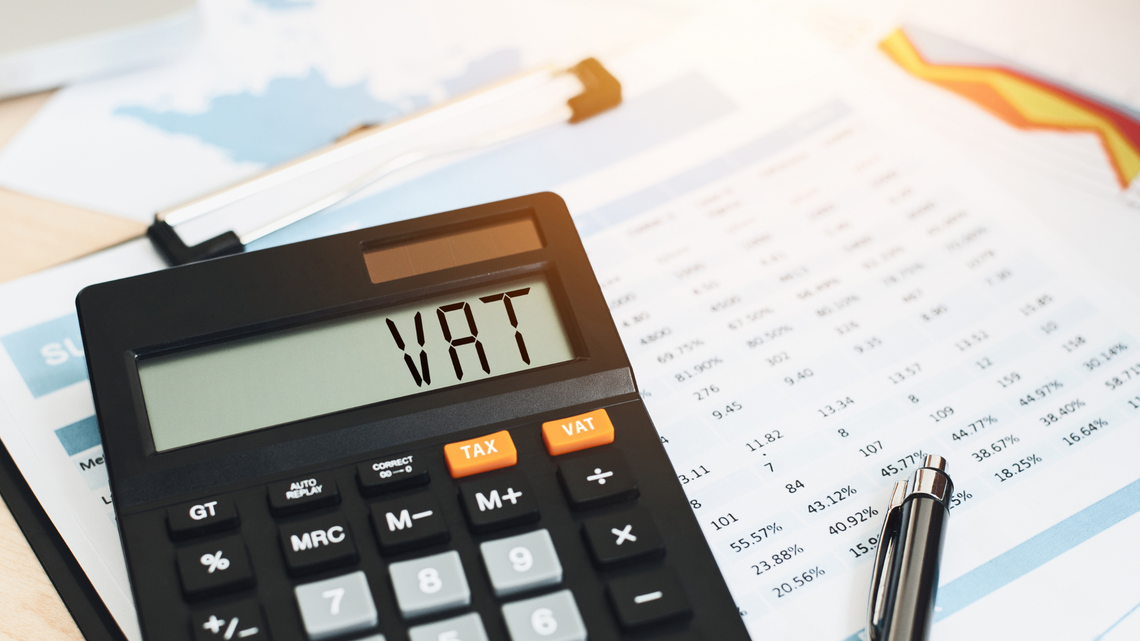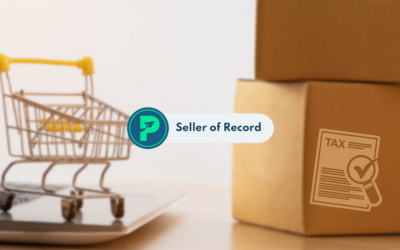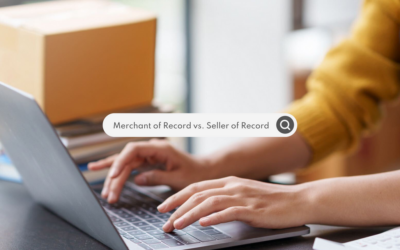When selling products internationally, it’s essential for US-based brands to recognize the significance of VAT in global transactions. Although the cost of this tax is paid by end consumers, businesses usually shoulder the responsibility of collecting and remitting VAT. In this article, we’ll cover the basics of VAT e-commerce rules, explore some examples in top markets, and introduce an innovative solution to simplify compliance.
Understanding VAT in International E-Commerce
In the context of international e-commerce, value-added tax (VAT) is a tax levied by certain countries on the final consumption of goods and services. Although it’s ultimately paid by end customers, businesses typically collect VAT at the point of sale and then remit the collected amounts to the governing authority in the consumer’s destination country.
Company VAT Registration & Payment Obligations
Knowing your tax responsibilities as a US-based company is crucial when engaging in cross-border transactions, as this significantly affects the landed cost of your products. Value-added taxes can be assessed any time you sell to consumers abroad – no matter where your business is located – and every country has its own unique VAT e-commerce guidelines. This includes varying tax rates, de minimis exemptions, and distance selling thresholds that require registration once exceeded.
Therefore, it’s important for brands to familiarize themselves with the VAT rules in each market they serve to properly understand payment obligations. Upon registering for VAT, merchants must often start collecting this tax at the point of sale and subsequently filing returns with the relevant tax authority. Taking a proactive approach to understanding and complying with these regulations is not only a legal requirement, but also necessary for managing costs effectively and communicating pricing to customers.
Here are a few examples of VAT e-commerce rules in top global markets:
- European Union (EU) – The EU mandates VAT on all imported products, with standard rates across member states ranging from 17% to 27% (averaging around 21%). For orders up to €150, the EU provides a streamlined clearance program called IOSS, where merchants collect VAT at checkout and remit it monthly. For shipments valued over €150, VAT is settled during customs clearance.
- United Kingdom (UK) – The UK requires VAT payment on all imported goods, applying a standard rate of 20%. For orders up to £135, merchants must register for VAT, collect the tax at checkout, and remit it quarterly. For shipments valued over £135, VAT is settled during customs clearance.
- Norway (NO) – In Norway, all imports are subject to a standard VAT rate of 25%. Merchants must register for VAT if they import over 50,000 NOK of low-value goods (items below 3,000 NOK) within a 12-month period. For these low-value products, Norway offers a simplified tax registration program known as VOEC, where merchants are required to collect VAT at checkout and remit it quarterly. For goods valued above 3,000 NOK, or for those not enrolled in VOEC, VAT is settled during customs clearance.
Compliance Solutions for VAT E-Commerce Requirements
Here at Passport®, we understand the complexities of VAT e-commerce rules for global selling. Our expertise in international taxes extends beyond that of a typical shipping carrier; we’re a knowledgeable internationalization partner, equipping brands with the tools they need for global growth. That’s why we created the Passport Seller of Record™ (SOR) solution – an easier way to handle VAT compliance with a quick and seamless enrollment process. Through the SOR program, businesses utilize Passport’s tax IDs to clear shipments, avoiding the need for complex registrations and filings. As a merchant, you’ll simply collect VAT at checkout, and we’ll manage the rest, including tax returns with the proper authorities and even monitoring sales thresholds.
Passport currently provides SOR solutions in the following markets:
- European Union (EU)
- United Kingdom (UK)
- Australia (AU)
- New Zealand (NZ)
- Norway (NO)
- Singapore (SG)
- Switzerland (CH)
For countries outside of these offerings, our in-house compliance experts are ready to help guide you through any challenging regulations and get your products to customers around the world. If you’re interested in Passport’s Seller of Record program or have additional questions about VAT e-commerce rules, reach out to us here.
Frequently Asked Questions:
What is VAT in e-commerce?
In the context of e-commerce, Value-Added Tax (VAT) is a tax levied by certain countries on the final consumption of goods and services. Although it’s ultimately paid by end customers, businesses typically collect VAT at the point of sale and then remit the collected amounts to the governing authority in the consumer’s destination country.
How does VAT work for e-commerce?
For orders shipped under DDP billing terms, VAT is typically paid at the time of customs clearance. However, in some countries, e-commerce merchants are required to register for a tax ID and manage VAT payments separately from the import process.
Who pays VAT?
While VAT is ultimately paid by end customers, businesses may need to collect and remit VAT depending on the tax regulations set in the consumer’s destination country.
Do US companies need to register for VAT?
US companies may need to register for VAT in certain countries if they exceed the distance selling threshold in those markets.
Do US companies have to pay VAT?
While VAT is ultimately paid by end customers, US companies may need to collect and remit VAT depending on the tax regulations set in the consumer’s destination country.
Is VAT the same as GST?
VAT and GST generally refer to the same type of consumption tax. VAT is the term commonly used in Europe, while other countries like Australia and New Zealand refer to it as GST. The variations between these taxes come from the unique regulations each market imposes, including factors like tax rates, items that are tax-exempt, and registration requirements.




